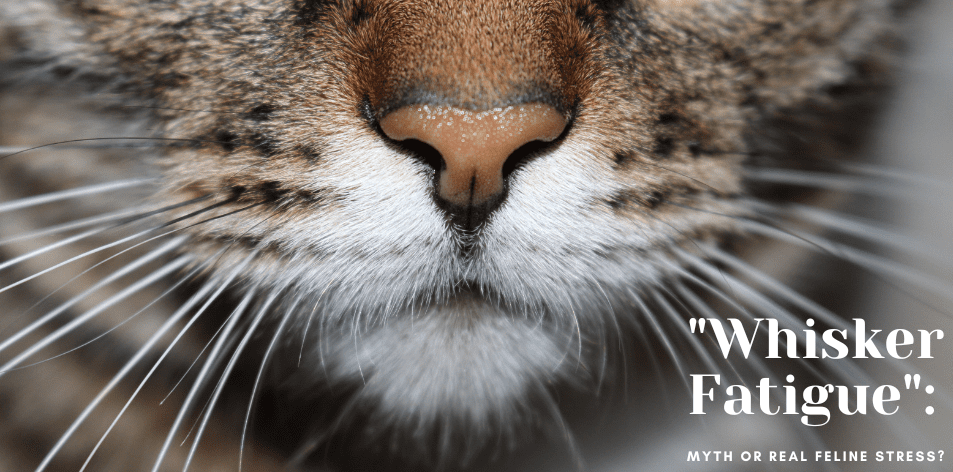Is Your Cat’s Dinner Bowl Causing Unseen Stress? Here’s What You Need To Know.
🐱Introduction: Not Just Facial Hair
Whiskers, or vibrissae, are more than just charming features on a cat’s face — they are highly sensitive sensory tools, deeply connected to a cat’s nervous system. These finely tuned instruments help your feline navigate the world, detect movement, and judge spatial awareness with incredible precision. But can these same whiskers be overstimulated to the point of causing stress? That’s the controversial question behind a growing topic in feline wellness: whisker fatigue.
🧠What Is Whisker Fatigue?
Whisker fatigue is a term used to describe the stress or overstimulation that cats may experience when their whiskers repeatedly touch surfaces, especially during activities like eating or exploring. Since whiskers are packed with nerve endings, constant contact with narrow bowls, deep containers, or even cluttered environments may lead to sensory overload.
Symptoms often associated with whisker fatigue include:
* Hesitation or refusal to eat from a full bowl
* Pawing food out of the dish to eat it off the floor
* Seeming agitated near feeding times
* Avoiding certain areas or showing reluctance to explore narrow spaces
🍽️How Feeding Bowls Play a Role
One of the most common contributors to whisker fatigue is the design of food and water bowls. Traditional deep or narrow bowls may cause a cat’s sensitive whiskers to brush repeatedly against the sides, creating an unpleasant experience.
As a result, many pet experts now recommend using:
* Flat feeding mats as an alternative for wet food
These changes can make mealtime less stressful and encourage better eating habits.
🔬The Skeptics: Is It All Just Hype?
Not all veterinarians and feline experts agree on whether whisker fatigue is a scientifically proven condition. Some argue that while cats can certainly be sensitive to their environment, the idea of whisker “fatigue” might be overstated or anecdotal.
Critics of the term suggest that picky eating, boredom, or health issues (like dental problems) might be mislabelled as whisker fatigue. They encourage a full veterinary assessment before assuming a behavioural issue is caused by whisker stress.
That said, many cat owners have reported positive behavioural changes simply by switching the type of bowl — lending some practical weight to the theory.
🧴Beyond the Bowl: Other Causes of Whisker Stress
While feeding is the most commonly discussed trigger, cats may also experience whisker-related stress from:
* Wearing tight collars or accessories that press against the cheeks
Understanding and respecting the role of whiskers in your cat’s life is part of mindful pet care.
😺What You Can Do as a Cat Parent
If you suspect your cat might be sensitive around their whiskers:
* Provide open and clutter-free pathways in the home for easy navigation
Whether Myth or Reality, Comfort Matters
While the scientific community continues to debate the legitimacy of whisker fatigue as a clinical condition, one thing is certain — our feline companions thrive when their unique sensitivities are respected. Whether it’s myth, misunderstood behaviour, or genuine discomfort, small changes like swapping bowls or creating whisker-friendly spaces can lead to a more content and relaxed cat.

